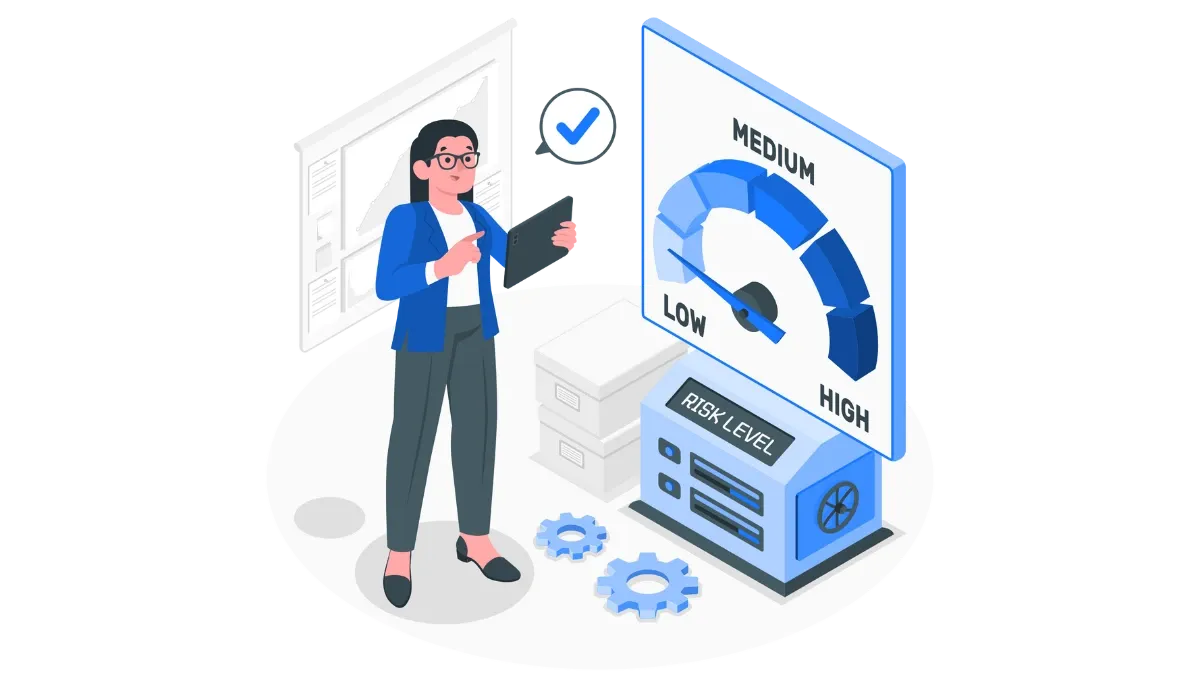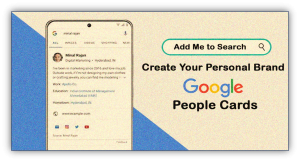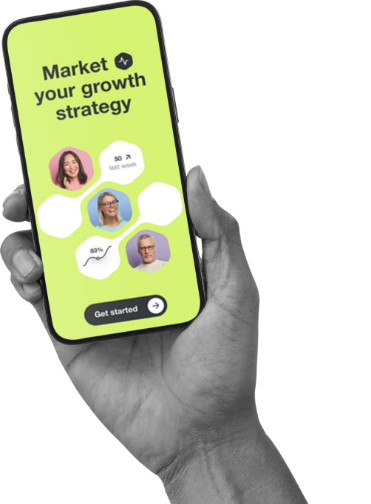In the fast-paced world of technology, the concept of a Minimum Viable Product (MVP) has gained significant traction. An MVP serves as a crucial tool for startups and established companies alike, allowing them to test their product ideas in the market with minimal investment. However, successfully testing an MVP requires a systematic approach and the utilization of effective techniques. In this comprehensive guide, we will explore the background of MVP, provide insights into building an MVP, delve into the MVP testing process, and present the top 10 proven techniques for MVP testing in 2024.
What’s the Background of MVP?
The concept of MVP originated from Eric Ries’ book “The Lean Startup,” where he emphasized the importance of validating ideas early in the product development cycle. An MVP is a simplified version of a product that focuses on the core features necessary to solve a specific problem for the target audience. By gathering feedback and data from real users, companies can refine their product, reduce the risk of failure, and optimize resource allocation.
How to Build an MVP:
Building an MVP requires a strategic approach to identifying and prioritizing essential features. The process typically involves the following steps:
- Identify the problem: Clearly define the problem your product aims to solve. Conduct market research and gather insights to validate the need for your solution.
- Define the core features: Determine the minimum set of features required to address the identified problem. Focus on simplicity and functionality.
- Build a prototype: Develop a basic version of the product with the core features. This can be a clickable wireframe or a functional prototype, depending on the complexity of the idea.
Test and gather feedback: Release the MVP to a select group of target users. Collect feedback, observe user behavior, and iterate based on the insights obtained.
MVP Testing Process:
The MVP testing process involves evaluating the product’s performance, gathering user feedback, and iterating based on the results. This iterative approach helps in refining the product and aligning it with user expectations. The following steps outline the MVP testing process:
- Establish clear goals: Define specific metrics and objectives that you aim to achieve through MVP testing. These could include user engagement, conversion rates, or user satisfaction.
- Identify target users: Identify the specific audience segment that aligns with your product’s target market. This will help in obtaining focused and relevant feedback.
- Select appropriate testing techniques: Choose the most suitable MVP testing techniques from the array of options available. Each technique offers unique insights and benefits, ensuring comprehensive feedback collection.
Here are the 10 Best MVP Testing Techniques:
1. Customer interviews
Conduct in-depth interviews with potential users to understand their needs, pain points, and expectations. This technique provides valuable qualitative insights for product refinement.
2. Crowdfunding
Launch a crowdfunding campaign to gauge market interest and validate demand for your product. It also serves as a pre-sales strategy and helps in raising initial funds.
3. Pre-Order Pages
Create landing pages with pre-order options to measure user interest and willingness to pay. Analyze conversion rates and engagement to gauge market demand.
4. Videos
Develop engaging videos that showcase the MVP’s core features and benefits. Measure user engagement and gather feedback through comments and social media interactions.
5. Landing Pages
Design landing pages that provide concise information about the MVP. Monitor user behavior, such as bounce rates and click-through rates, to assess user interest.
6. A/B Testing
Compare multiple variations of the MVP by splitting users into different groups. Measure the performance of each variation to identify the most effective design, features, or messaging.
7. Concierge MVPs
Offer personalized and hands-on experiences to a select group of users. This technique allows for direct interaction with users, enabling real-time feedback and product iteration.
8. Single Feature MVP
Develop an MVP with a single core feature and release it to the target audience. Measure user adoption and satisfaction to determine if the feature resonates with users.
9. Social Media Surveys
Utilize social media platforms to conduct surveys and gather quantitative data. This technique provides insights into user preferences, demographics, and market trends.
10. Ad Campaigns
Run targeted advertising campaigns to drive traffic to the MVP. Measure user engagement, conversion rates, and click-through rates to evaluate the effectiveness of the product messaging and positioning.
The Key Takeaway: How To Test an MVP:
Testing an MVP is an iterative process that requires a systematic approach and the utilization of proven techniques. By following the steps outlined in this comprehensive guide, you can build and test an MVP effectively. Remember to prioritize user feedback, iterate based on insights, and focus on the core problem your product aims to solve. With careful testing and refinement, your MVP can evolve into a successful and market-ready product.
The Importance of MVP Domain Experts:
In the process of MVP testing, involving domain experts can significantly enhance the accuracy and effectiveness of your testing efforts. MVP domain experts possess specialized knowledge and experience in the particular industry or market segment that your product targets. Their insights and expertise can provide valuable guidance and help you avoid common pitfalls.
MVP Domain Experts Can Assist in Several Ways:
1. Understanding User Needs: Domain experts have a deep understanding of the target audience and their specific needs. By collaborating with these experts, you can gain insights into user behaviors, pain points, and expectations. Their expertise allows you to tailor your MVP to address the precise challenges and requirements of the target market.
2. Validation of Assumptions: Domain experts can validate the assumptions underlying your MVP. They can offer expert opinions and assess whether your solution aligns with industry standards, regulations, or best practices. Their input helps you ensure that your MVP is relevant, viable, and in line with industry expectations.
3. Feedback on Features and Functionality: MVP domain experts can provide valuable feedback on the core features and functionality of your product. They can offer suggestions for improvements, identify potential gaps, and help you prioritize the development roadmap. Their insights can save time and resources by steering you away from unnecessary features or functionalities that may not resonate with the target market.
4. Market Insights and Trends: Domain experts have their finger on the pulse of the industry and can provide valuable market insights and trends. They can help you understand market dynamics, competitor strategies, and emerging technologies. This information enables you to make informed decisions about your MVP, positioning it strategically within the market landscape.
5. Network and Partnerships: Domain experts often have an extensive network of contacts within the industry. Leveraging their connections can open doors to potential partnerships, collaborations, or early adopters for your MVP. These partnerships can provide valuable resources, credibility, and market reach to accelerate the testing and adoption of your product.
6. Risk Mitigation: Engaging with domain experts can help mitigate risks associated with market entry and product development. Their knowledge and experience can highlight potential challenges, regulatory hurdles, or market-specific considerations that you might overlook. By leveraging their expertise, you can navigate these obstacles more effectively and reduce the likelihood of costly mistakes.
Incorporating the insights and guidance of MVP domain experts into your testing process can significantly improve the quality and market fit of your MVP. Collaboration with these experts adds a layer of validation, expertise, and industry-specific knowledge that enhances the success potential of your product. By leveraging their insights and experience, you can increase your chances of developing an MVP that meets user needs, aligns with industry standards, and gains traction in the market.
Conclusion:
MVP domain experts play a crucial role in MVP testing by providing valuable insights, validation, and industry-specific guidance. Their involvement can enhance the accuracy of your testing efforts, improve the market fit of your MVP, and mitigate risks associated with product development. Leveraging the expertise of domain experts positions your MVP for success in a competitive marketplace.







